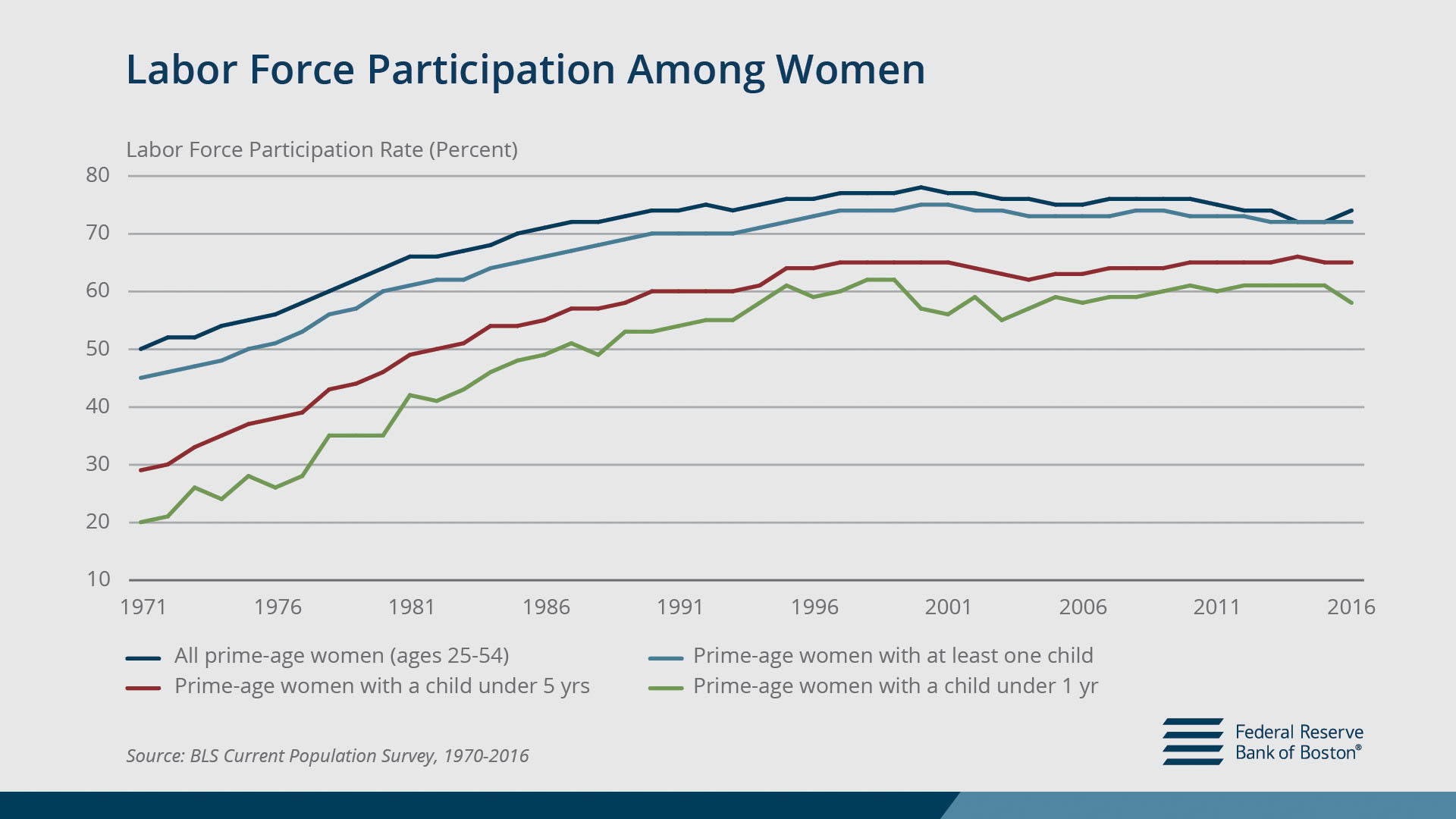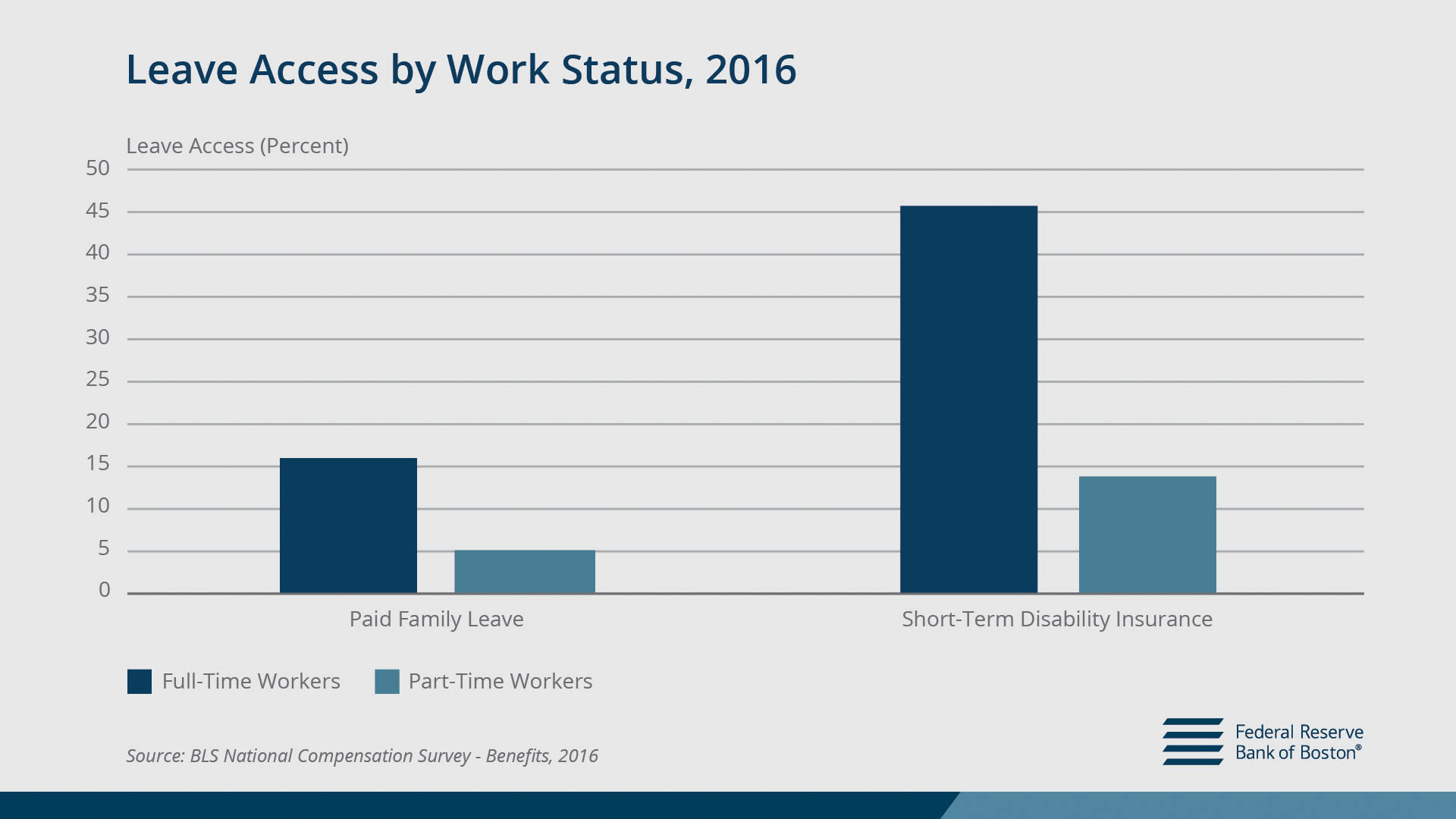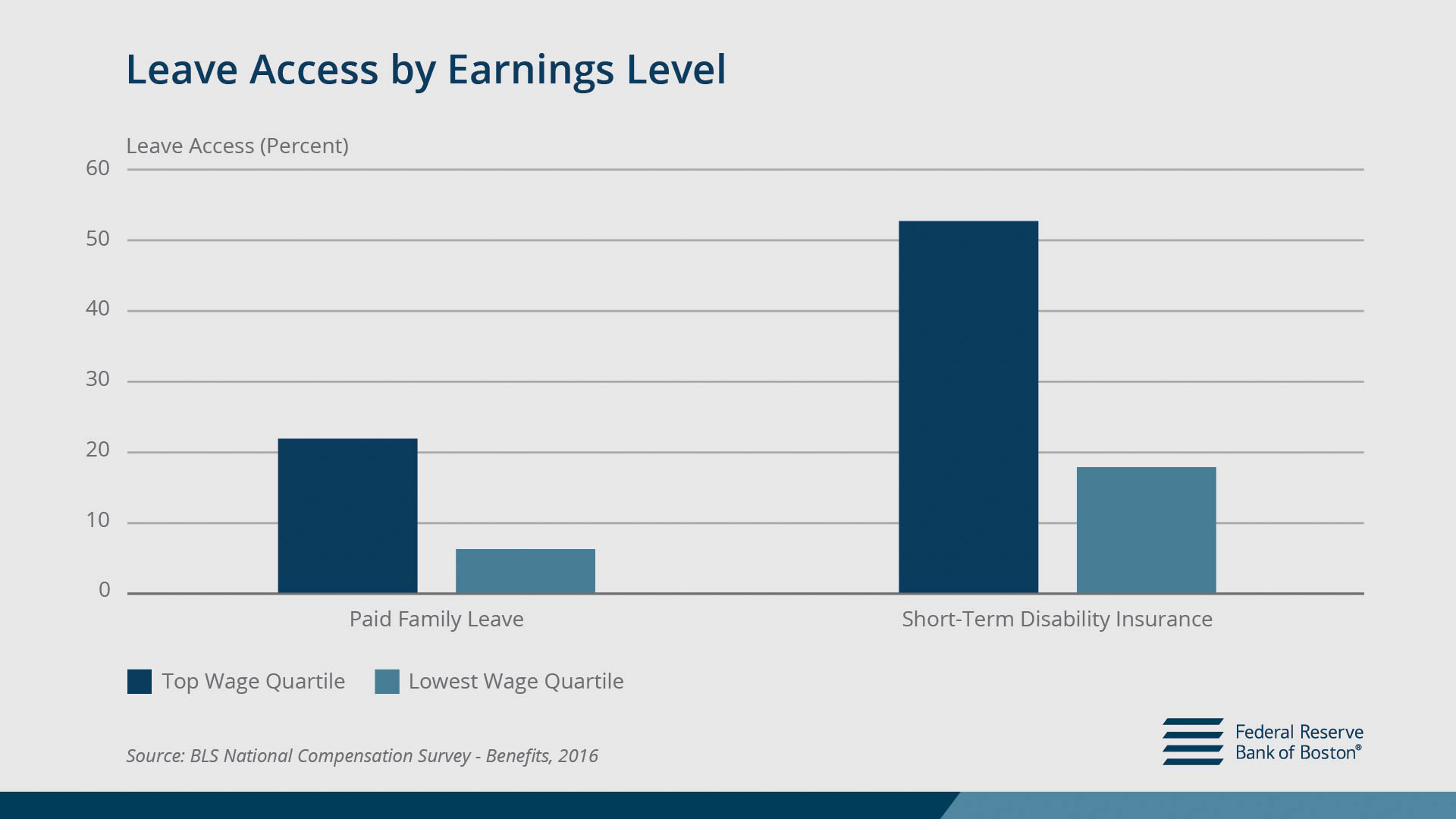Paid Family and Medical Leave: Impact and Implementation 
As more women have entered the workforce and more workers are balancing jobs with child- and elder-care responsibilities, there is a growing need for paid family and medical leave (PFML). PFML has been associated with economic, social, and health benefits for workers and their families and yet currently, low-income, minority, and part-time workers disproportionately lack access. While more research is needed to measure the impact on business, surveys in states that have passed PFML legislation indicate that the majority of employers support these programs and have not experienced negative impacts. PFML policies can also positively impact the economy by boosting women’s labor-force participation. Job protection, sufficient wage replacement during the leave, and investments in outreach are key PFML program components to increase uptake by low-wage workers. Additionally, PFML programs that align with other state worker-benefit programs and that are structured as a social insurance program with limited employer opt-outs are cost-effective and easier to administer.
This brief summarizes the main points, research, and best practices highlighted at a 2018 symposium hosted by the Boston Fed to focus attention on the need for PFML programs and the impact they have on businesses, the economy, and the health and well-being of low- and moderate-income workers.

 Exhibits
Exhibits






